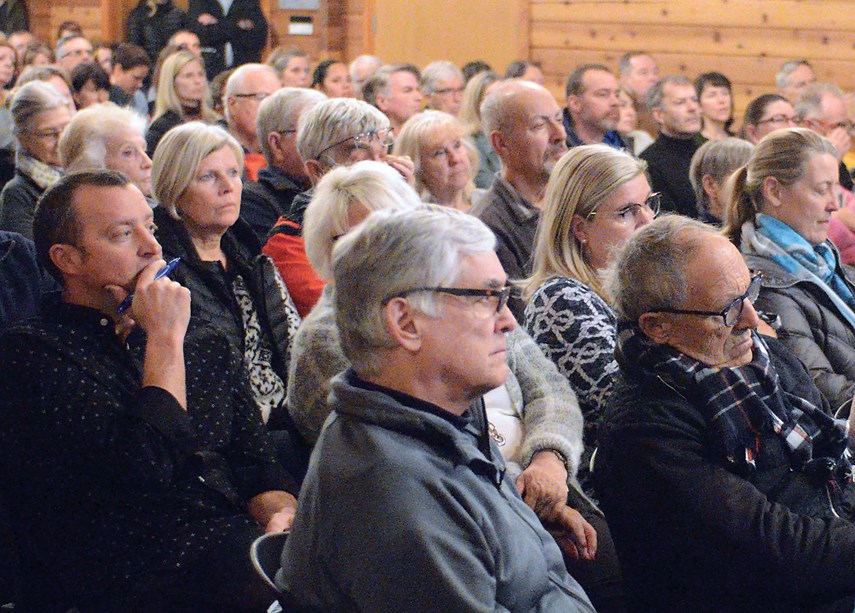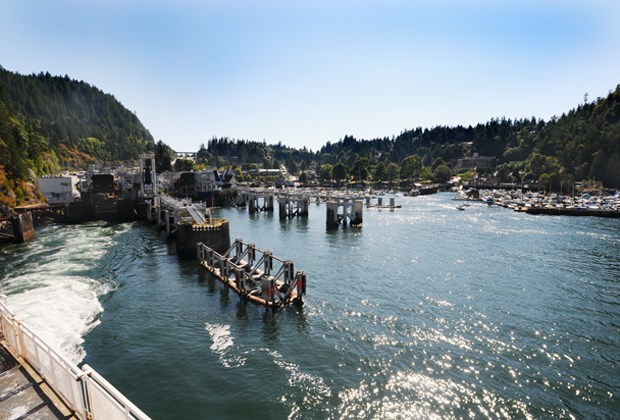Horseshoe Bay doesn’t have a plan, but it has a plan to get a plan.
West Vancouver is embarking on a 12-month consultation process with the aim of crafting a local area plan for Horseshoe Bay, following a unanimous council vote March 11.
Bounded by Tantalus Park to the north, Highway 1 to the east and Nelson Avenue to the west, development in the waterfront village has largely been guided by zoning established in 1955, according to a district staff report.
The new plan should be tailored to Horseshoe Bay’s close-knit community, according to Susie Alexander, a representative of the Horseshoe Bay Business Association.
Ideally, the plan should: “Renew our streets and parks while maintaining the look and feel of our neighbourhood and allowing our local economy to thrive,” Alexander said.
West Vancouver’s official community plan calls for the creation of between 200 and 300 new units in the area, as well as adding retail, restaurants, and office use to the seaside community.

Aside from council’s 2016 approval of the 159-unit Sewell’s Landing development, the issues of density, height and building form have yet to be determined.
The OCP envisioned mixed-use apartments in Horseshoe Bay’s core tapering to townhouses and duplexes. There is an almost total lack of townhouses and not a single apartment building shorter than five storeys.
The divisive B-Line process demonstrated that a longer consultation process allows more time to allay concerns and tweak plans, according to Coun. Craig Cameron.
“(I’m) thrilled to be working on an area of the community that, in seven and a half years – with the exception of Sewell’s – has seen very little of council’s attention,” Cameron said.
The vast majority of the area’s 680 residents will likely participate, according to Mayor Mary-Ann Booth.
“The smaller the group, the more engaged the group,” Booth said.
On average, Horseshoe Bay residents are about two years younger, 18 per cent more likely to be renters, and twice as likely to take transit as often as their fellow West Vancouverites, according to a district staff report.
District staff have estimated $125,000 will cover the cost of advertising, mail-outs, event logistics and design renderings.
The local area plan is tentatively slated for completion in early 2020.



